How Does Lie Angle Affect Golf Shots?
You may have heard about lie angle, but why is it important and how does it affect golf shots?
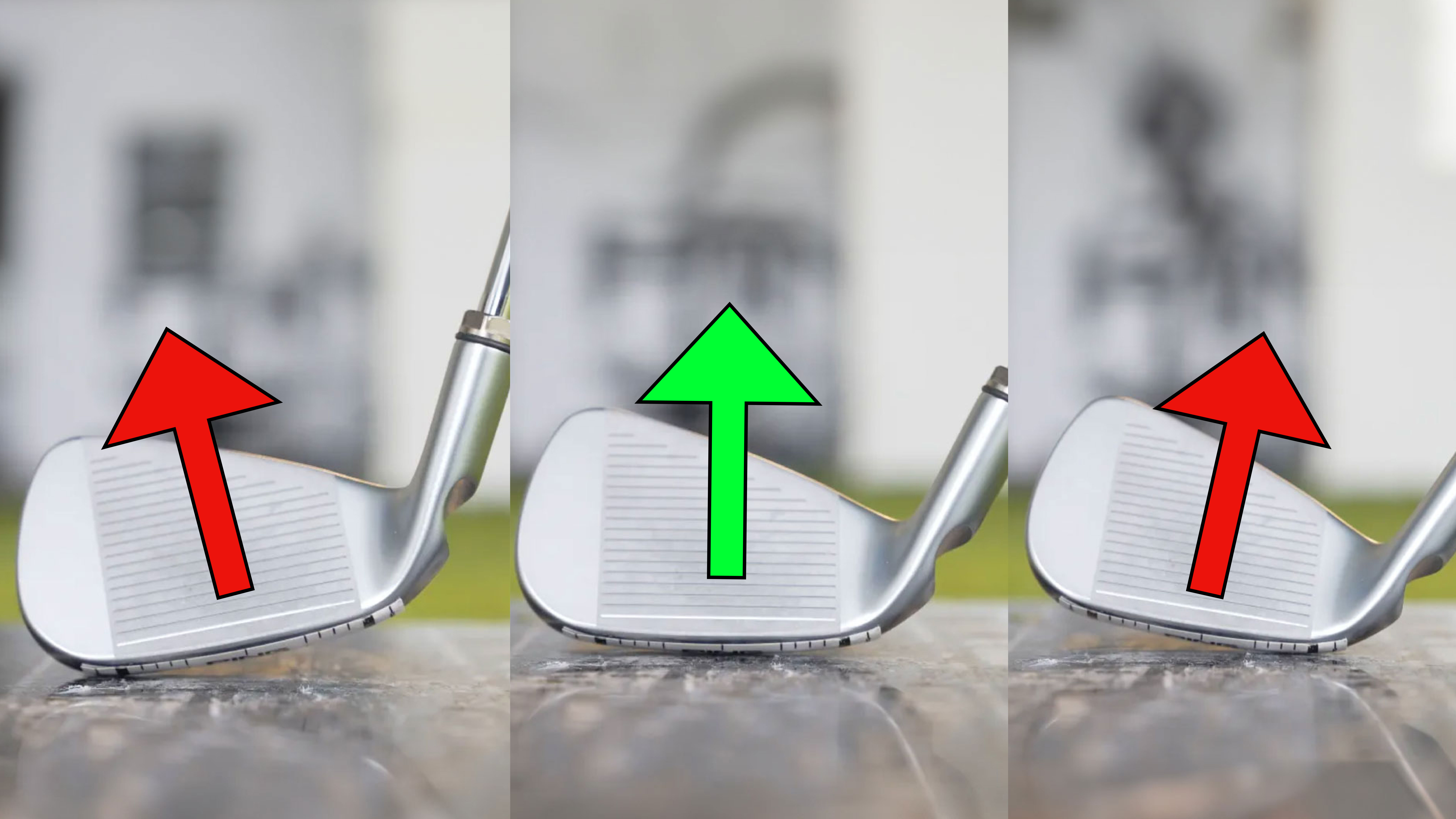

Joe Ferguson
What is a lie angle?
In simple terms, it's the angle created between the shaft and the sole of your golf club when looking at it face-on. In theory, players should be looking to ensure that their club is returning to impact in a position whereby the sole of the club is perfectly parallel with the ground, although many fitters will actually utilize 'non-neutral' lie angles to influence a particular ball flight or launch direction.
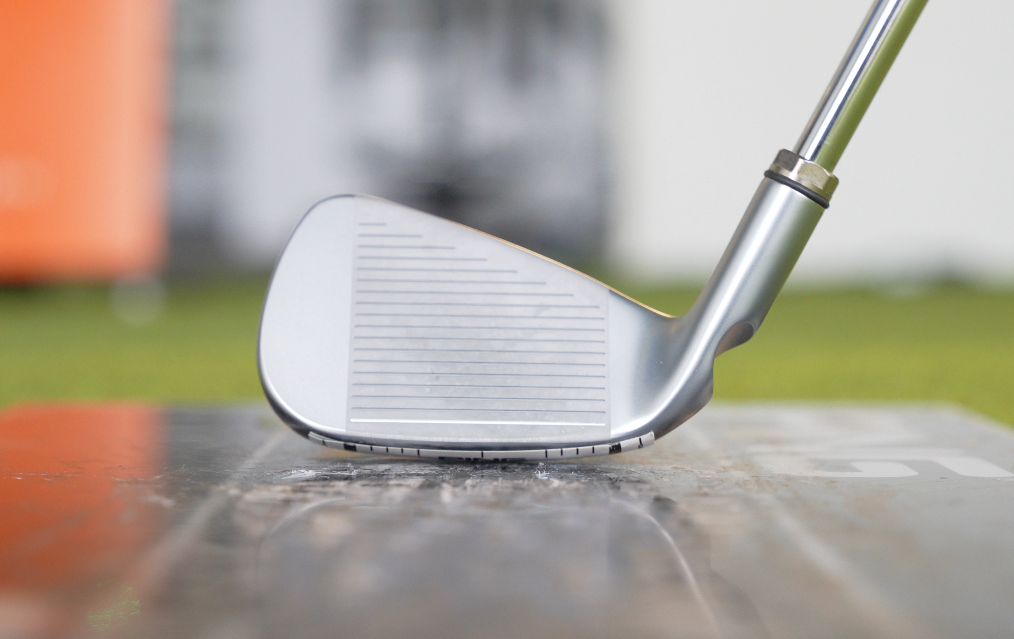
A neutral lie angle at impact
How can a lie angle influence launch direction?
This is due to a concept called face plane tilt. Essentially this translates to the direction in which the loft of the club is pointing. For example, starting from a neutral position with a clubface perfectly soled on the ground and pointing perfectly squarely at the target, if we raise or lower the handle, you will notice that despite the leading edge remaining perpendicular to the target, the direction that loft of the club points is now not corresponding to the leading edge (gallery below). Face plane tilt becomes more prominent as the loft goes up, which is why arguably the wedges are the most important clubs to get right from that perspective.
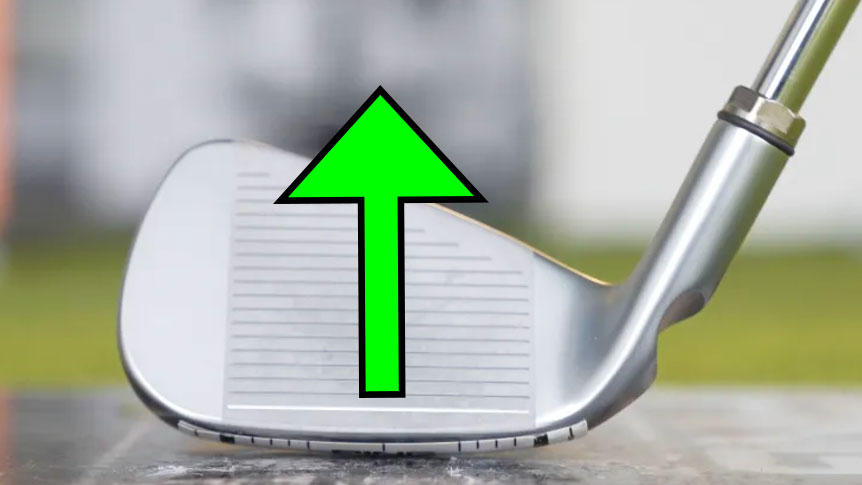
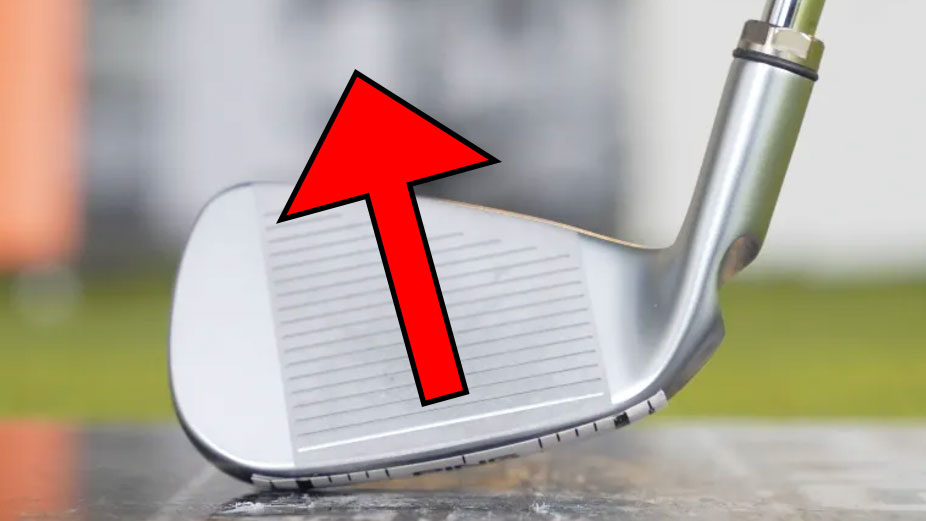
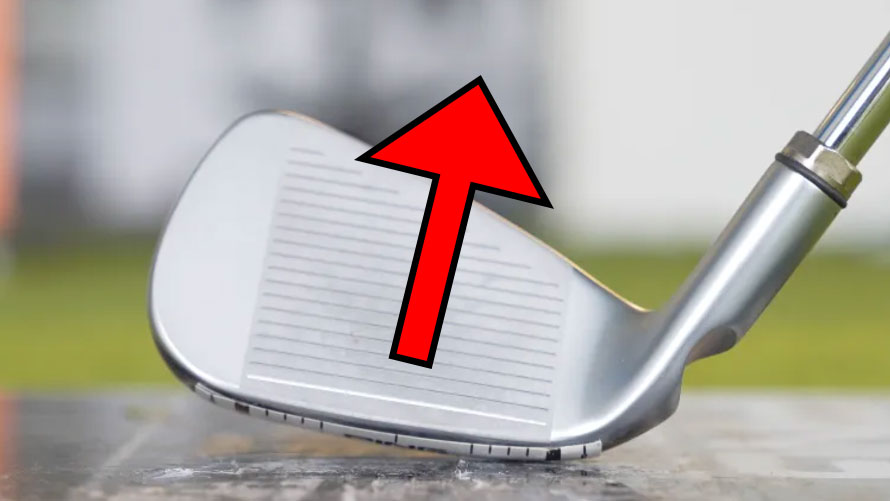
How does lie angle influence turf interaction?
Having a correctly fitted lie angle will facilitate a smooth entry and exit with the ground, and can have a significant influence on the impact feel of shots. An incorrect lie angle where the toe or heel of the club enters the turf before the rest of the sole creates more resistance and twisting at impact and as such has a negative effect on the sensation of strike for the player.
How to find the correct lie angle in your irons
As ever we would always recommend a custom fitting with a qualified PGA Professional, but there really is no industry standard in terms of a method for establishing the correct lie angle. Some fitters will rely heavily on the dynamic lie angle data metric that many of the best launch monitors provide, whereas others choose to base their recommendations more on ball flight patterns even if that means forgoing optimal turf interaction.
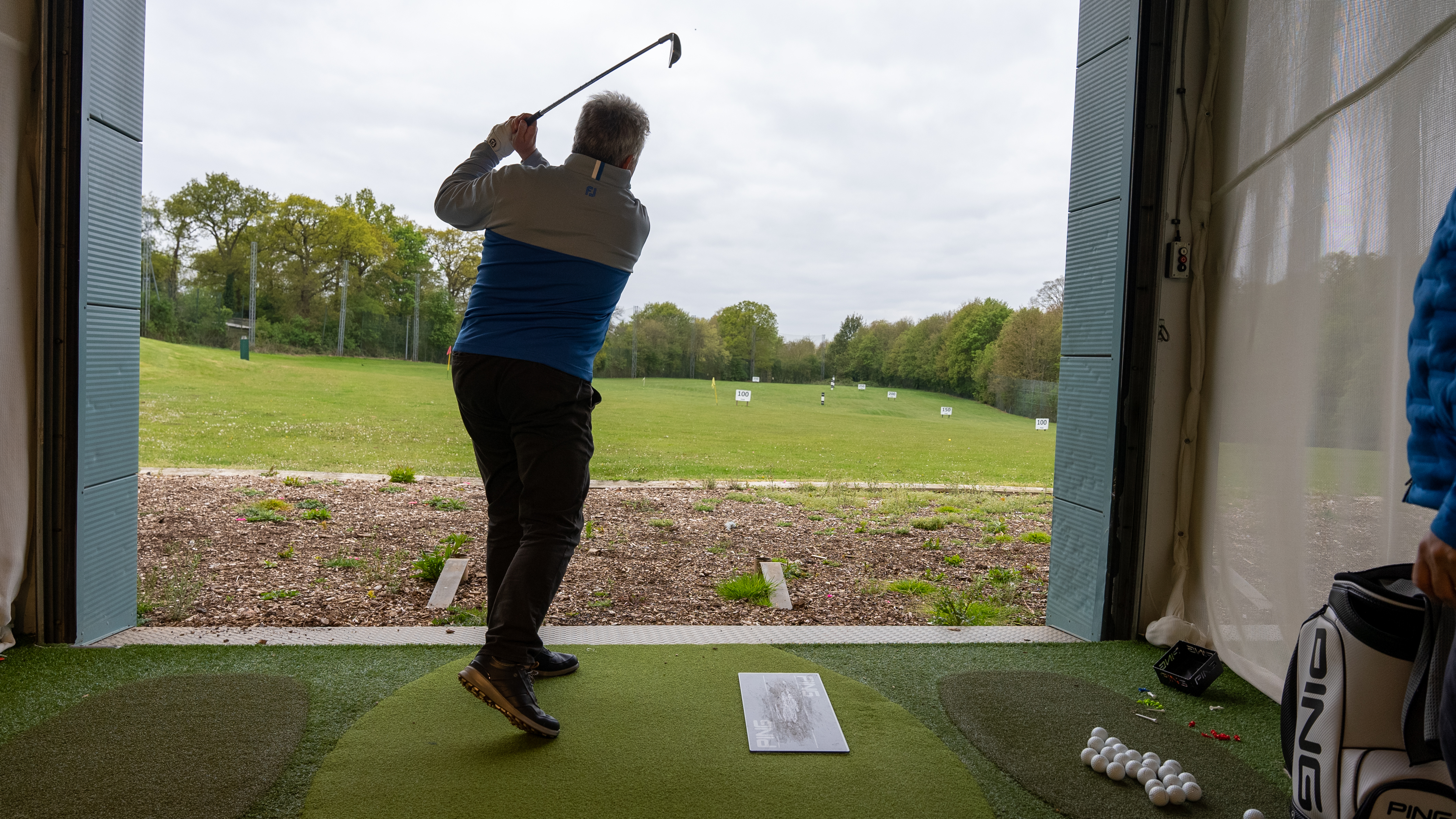
The impact or diagnostic board tells the fitter if the lie angle is correct for you through impact
An impact board is another method of establishing a lie angle whereby a ball is placed on and struck from a toughened piece of perspex, then pre-positioned tape on the sole of the golf club will indicate where the sole impact takes place. This used to be very much commonplace during custom fittings but this seems to be less popular nowadays due to potential discrepancies in readings from having the ball sitting higher off the ground than it ordinarily would.
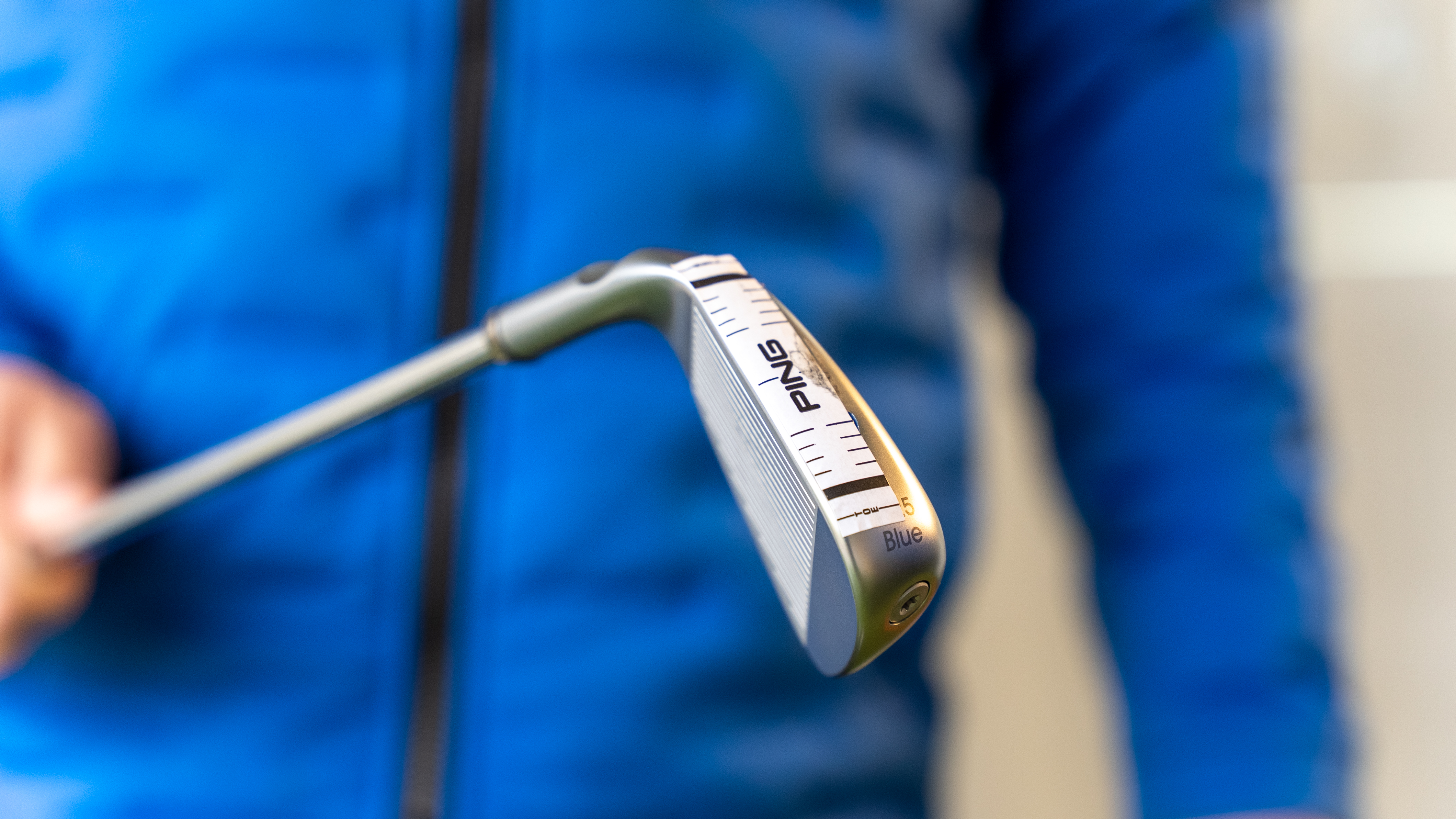
A central mark in the sole tape indicates a good lie angle
One of the simplest methods that cane easily be done on your own is to draw a straight line on the golf ball with a marker pen, line this up vertically on the clubhead side of the ball and once the ball is struck it will leave a line on the club face (which can easily be wiped off). If this line is perfectly vertical, that is a very good indication that your lie angle is in a good spot. If this line is tilted one way or the other then it may be a good idea to seek further assistance from a qualified fitter.
Does the lie angle of my woods matter?
Get the Golf Monthly Newsletter
Subscribe to the Golf Monthly newsletter to stay up to date with all the latest tour news, equipment news, reviews, head-to-heads and buyer’s guides from our team of experienced experts.
The simple answer is yes. While it is true that face plane tilt and lie angle will affect the launch direction more within higher lofted clubs, the additional clubhead speed that will be inevitably present at the top end of the bag can magnify any discrepancies. Many of the best drivers and best fairway woods feature adjustable hosels that allow you to dial in lie angle requirements.
Many of the leading manufacturers will also utilize lie angles to influence the ball flight of their product, for example in draw bias drivers such as the Callaway Paradym Ai Smoke Max D or the Cobra Darkspeed Max, lie angles are generally more upright to influence anti-slice properties.
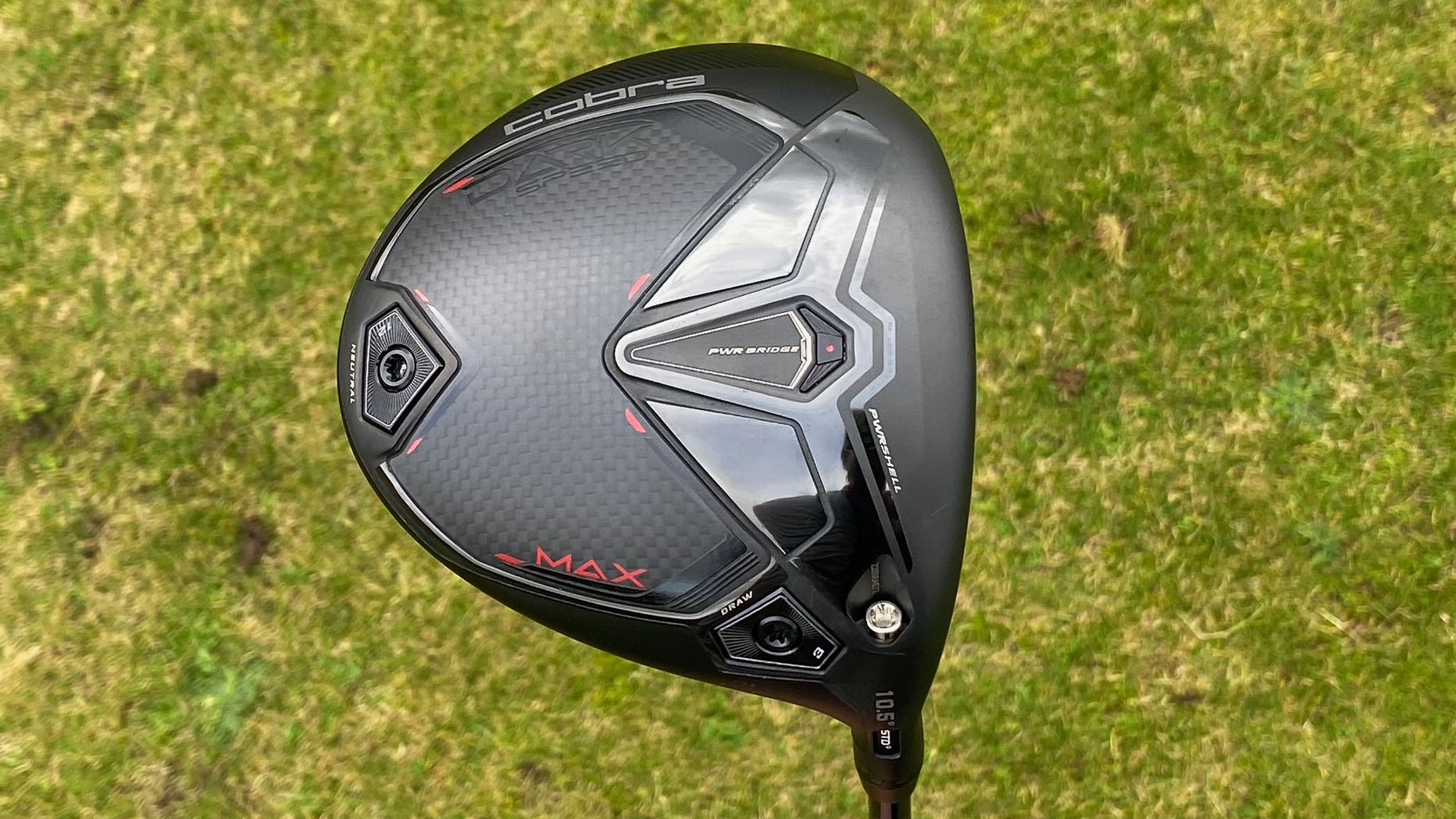
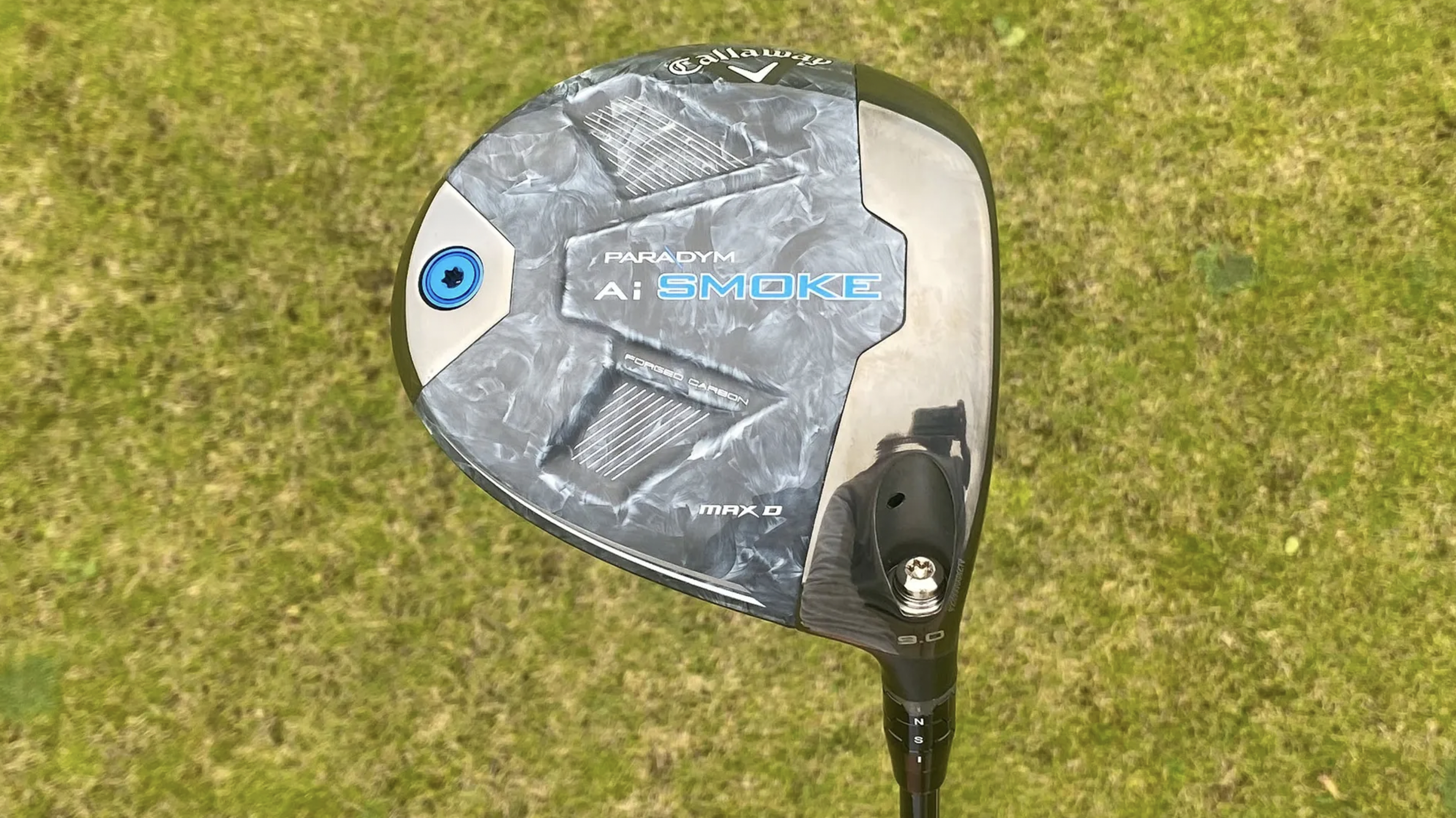
What else affects lie angle?
Clearly, there is some relationship between the length of the shaft and lie angle which is why finding the correct shaft length also forms part of the club fitting process, and indeed, should be considered in conjunction with establishing the correct lie angle.
Taller golfers are more likely to require longer clubs and shorter golfers shorter clubs, but this is far from a given as it's not just height that is a factor, but also arm length. If a tall golfer also has long arms, for example, the two might effectively cancel each other out meaning standard length and lie could be the best option.
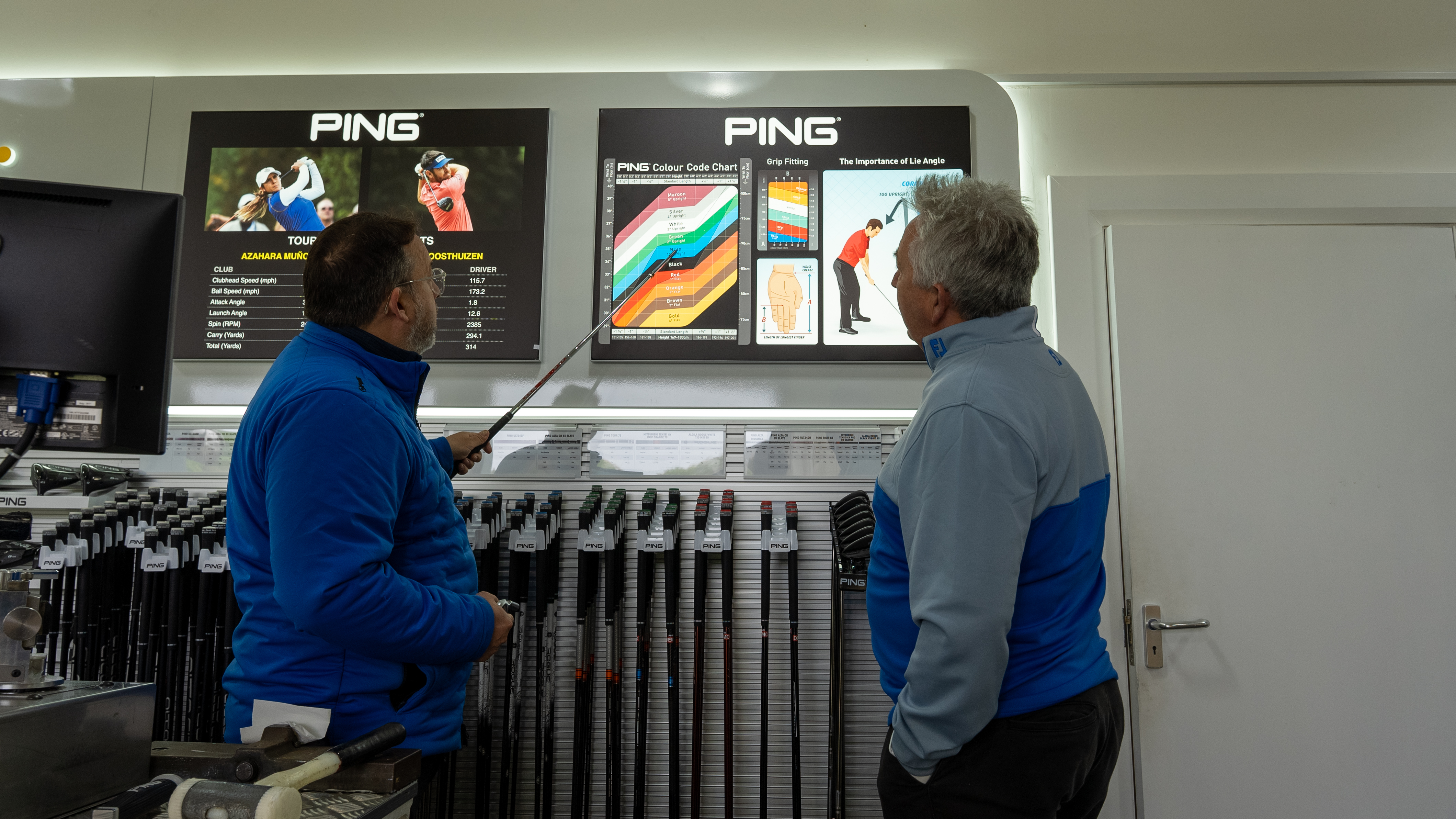
Ping's lie angle options range from 4˚ flat to 5˚ upright
In general terms, every extra half inch of shaft length added will make the club play 1˚ more upright and vice versa for shorter shaft lengths. But all of this will be taken into account in a professional club fitting, with Ping's famous color code chart, for example, ranging from 4˚ flat to 5˚ upright, with black as the 'standard' lie angle.
It's worth noting that the more extreme ends of this lie angle spectrum will be required relatively rarely, with most lie angle adjustments within the +/-2˚ band. Finally, it's also worth noting that there is no such thing as a universal 'standard' lie angle, and that the 'standard' figure may vary from brand to brand.

Jeremy Ellwood has worked in the golf industry since 1993 and for Golf Monthly since 2002 when he started out as equipment editor. He is now a freelance journalist writing mainly for Golf Monthly. He is an expert on the Rules of Golf having qualified through an R&A course to become a golf referee. He is a senior panelist for Golf Monthly's Top 100 UK & Ireland Course Rankings and has played all of the Top 100 plus 91 of the Next 100, making him well-qualified when it comes to assessing and comparing our premier golf courses. He has now played 1,000 golf courses worldwide in 35 countries, from the humblest of nine-holers in the Scottish Highlands to the very grandest of international golf resorts. He reached the 1,000 mark on his 60th birthday in October 2023 on Vale do Lobo's Ocean course. Put him on a links course anywhere and he will be blissfully content.
Jezz can be contacted via Twitter - @JezzEllwoodGolf
Jeremy is currently playing...
Driver: Ping G425 LST 10.5˚ (draw setting), Mitsubishi Tensei AV Orange 55 S shaft
3 wood: Srixon ZX, EvenFlow Riptide 6.0 S 50g shaft
Hybrid: Ping G425 17˚, Mitsubishi Tensei CK Pro Orange 80 S shaft
Irons 3- to 8-iron: Ping i525, True Temper Dynamic Gold 105 R300 shafts
Irons 9-iron and PW: Honma TWorld TW747Vx, Nippon NS Pro regular shaft
Wedges: Ping Glide 4.0 50˚ and 54˚, 12˚ bounce, True Temper Dynamic Gold 105 R300 shafts
Putter: Kramski HPP 325
Ball: Any premium ball I can find in a charity shop or similar (or out on the course!)
- Joe FergusonStaff Writer
-
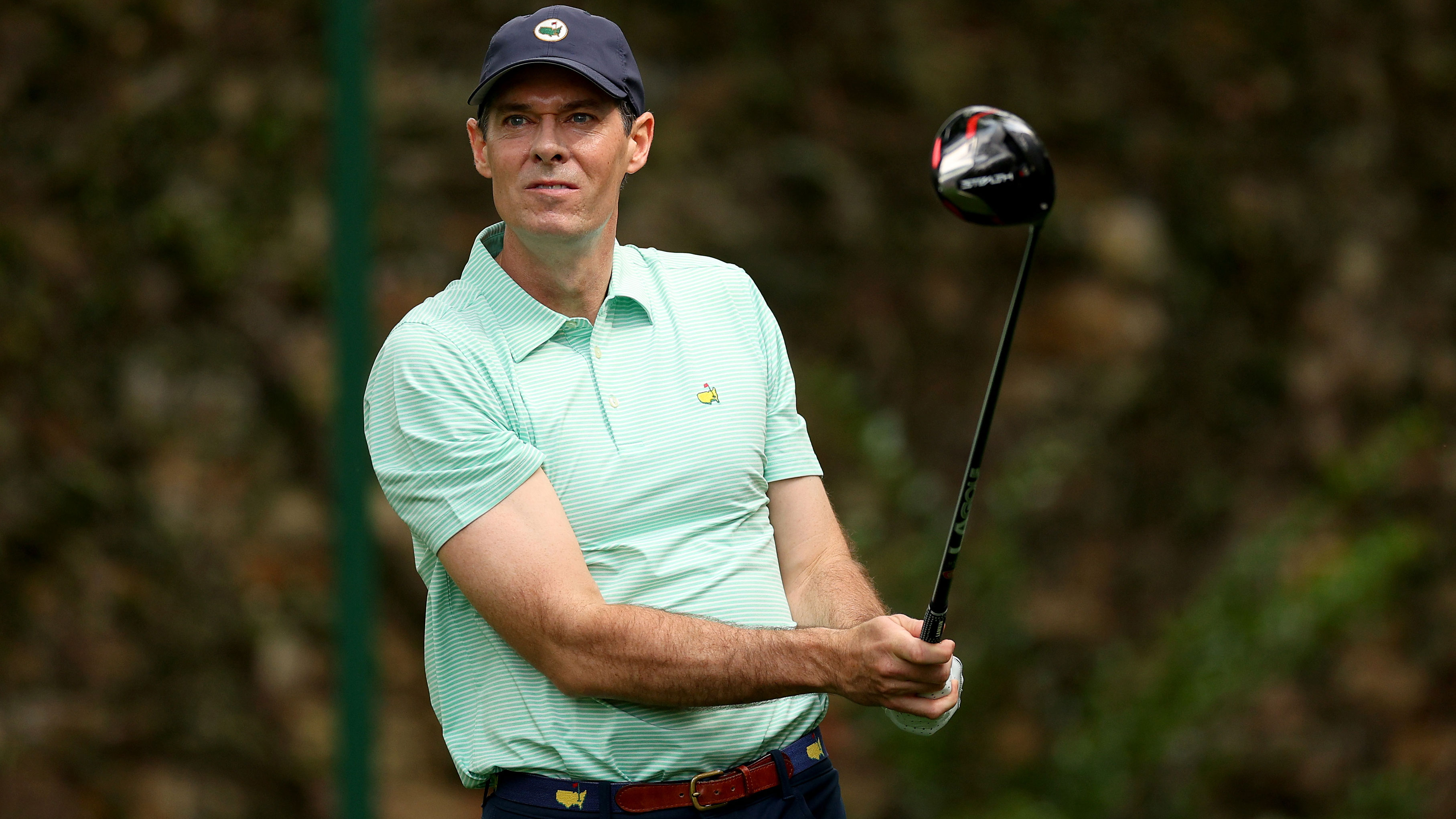 The Augusta National Member Who Is (Sort Of) Playing In The Masters This Weekend
The Augusta National Member Who Is (Sort Of) Playing In The Masters This WeekendAugusta member Michael McDermott is playing as a scorer this weekend as an odd-number of players made the cut
By Michael Weston Published
-
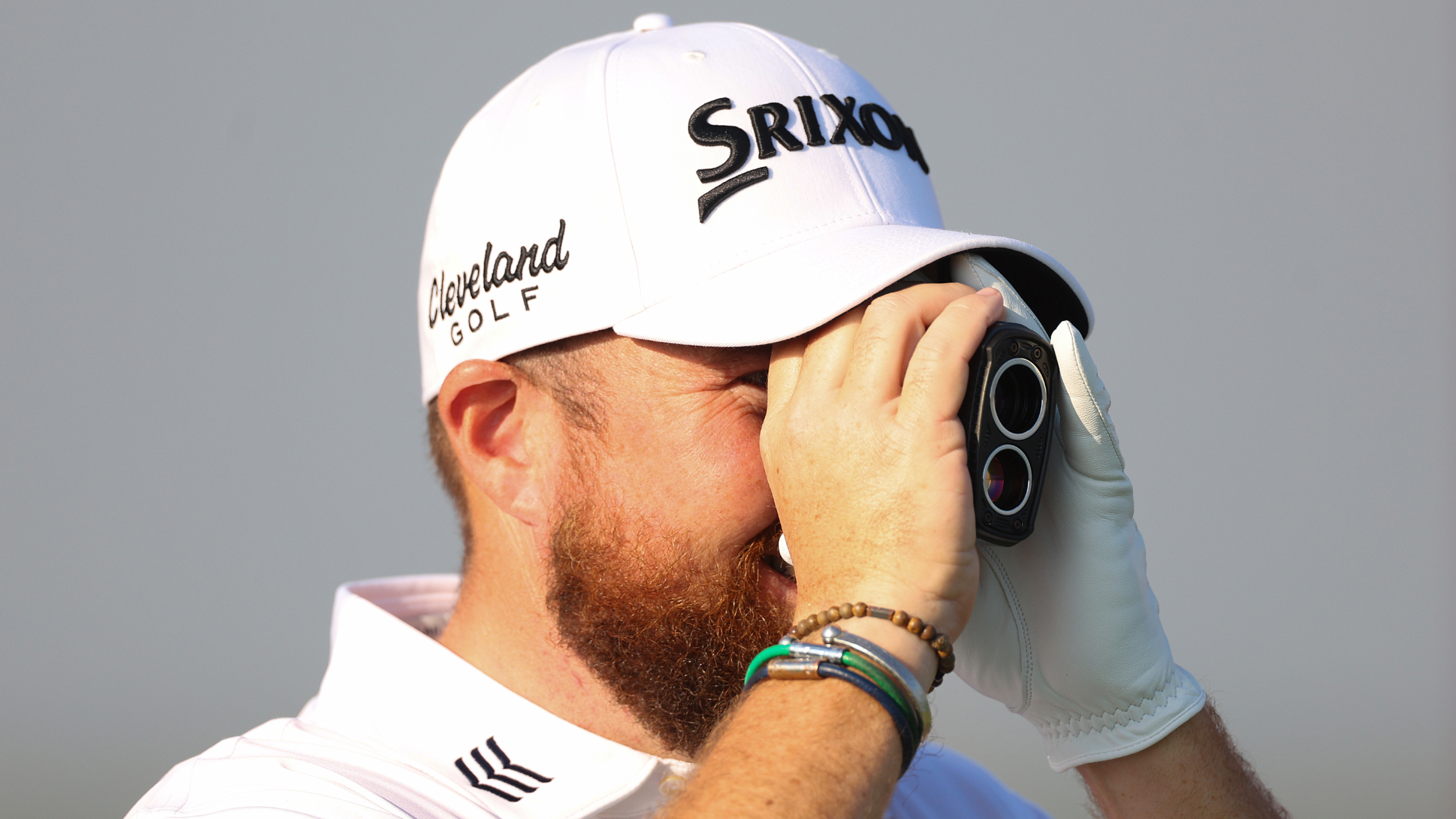 Are Rangefinders Allowed At The Masters?
Are Rangefinders Allowed At The Masters?Rangefinders are becoming increasinly prominent in the professional game, but what about at The Masters?
By Mike Hall Published
-
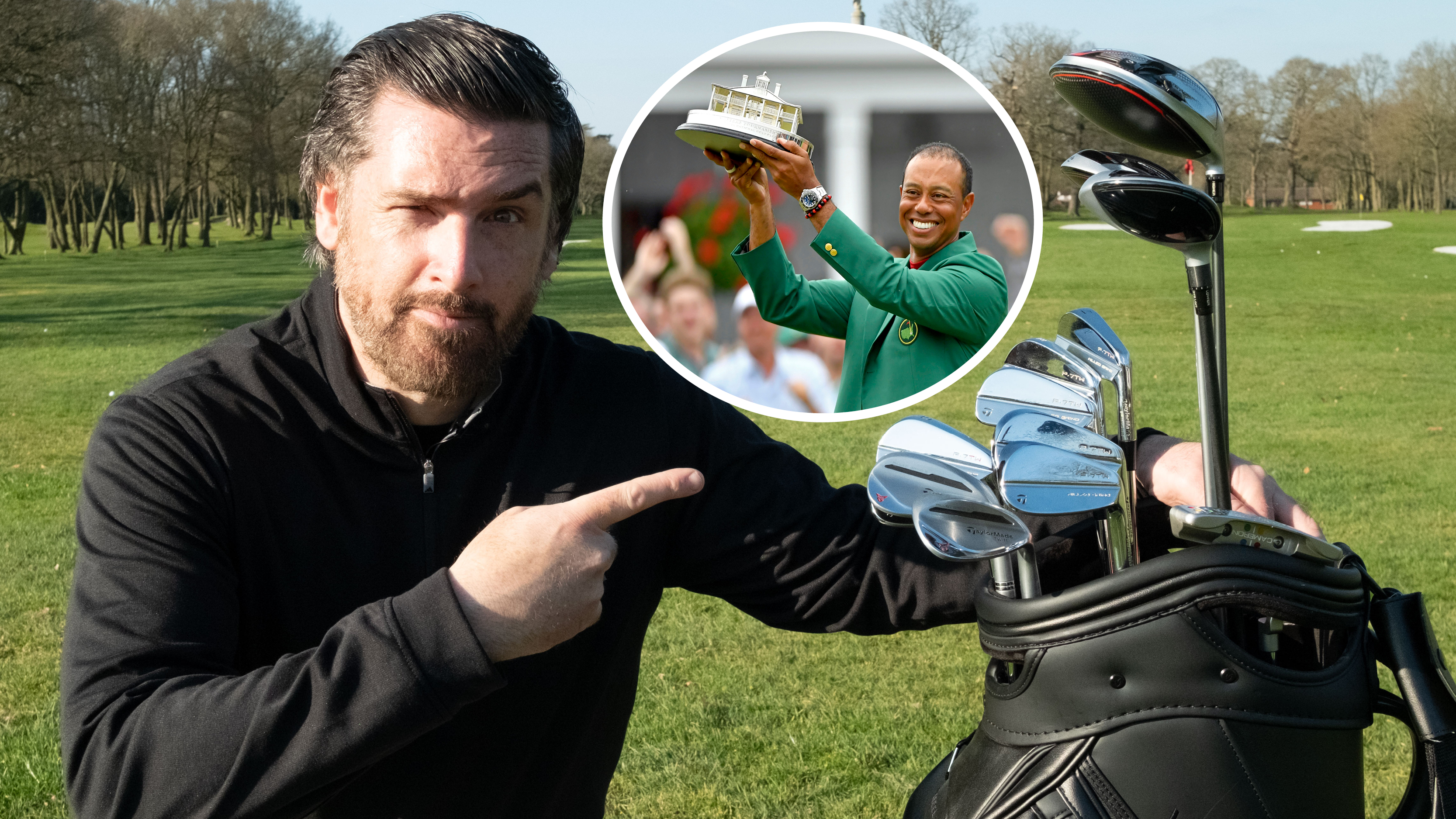 I Built Tiger Woods’ 2019 Masters Winning Bag From The Second-Hand Market!
I Built Tiger Woods’ 2019 Masters Winning Bag From The Second-Hand Market!PGA Professional Joe Ferguson has been taking a deep dive into Tiger’s bag for arguably the greatest victory of his career…
By Joe Ferguson Published
-
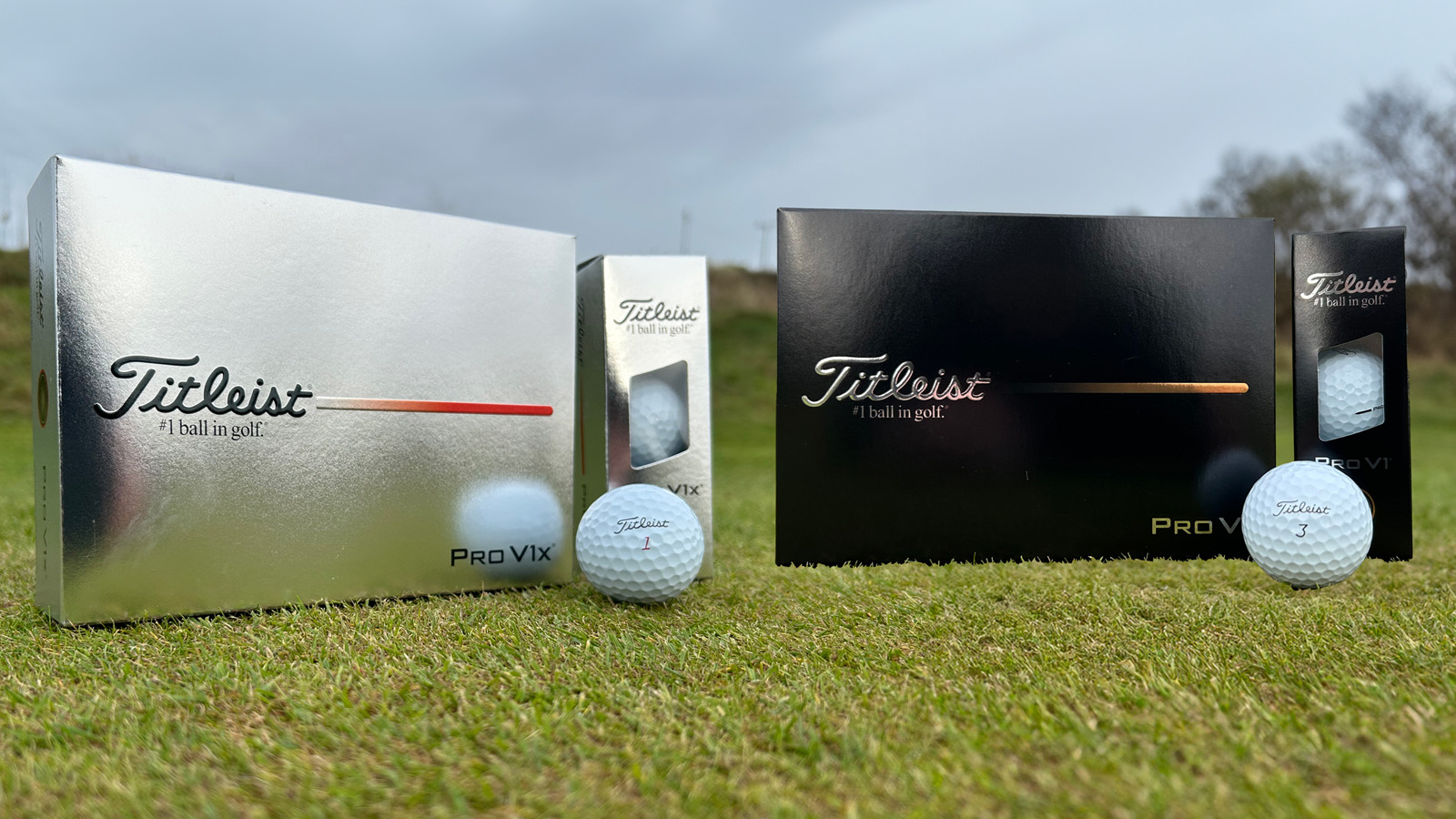 How Titleist 'Used Every Tool In The Toolbox' To Enhance The New Pro V1 And Pro V1x Golf Balls
How Titleist 'Used Every Tool In The Toolbox' To Enhance The New Pro V1 And Pro V1x Golf BallsAfter months of testing and tour validation the new Titleist Pro V1 and Pro V1x golf balls are set to launch, but what's new? We explain all
By Sam De'Ath Published
-
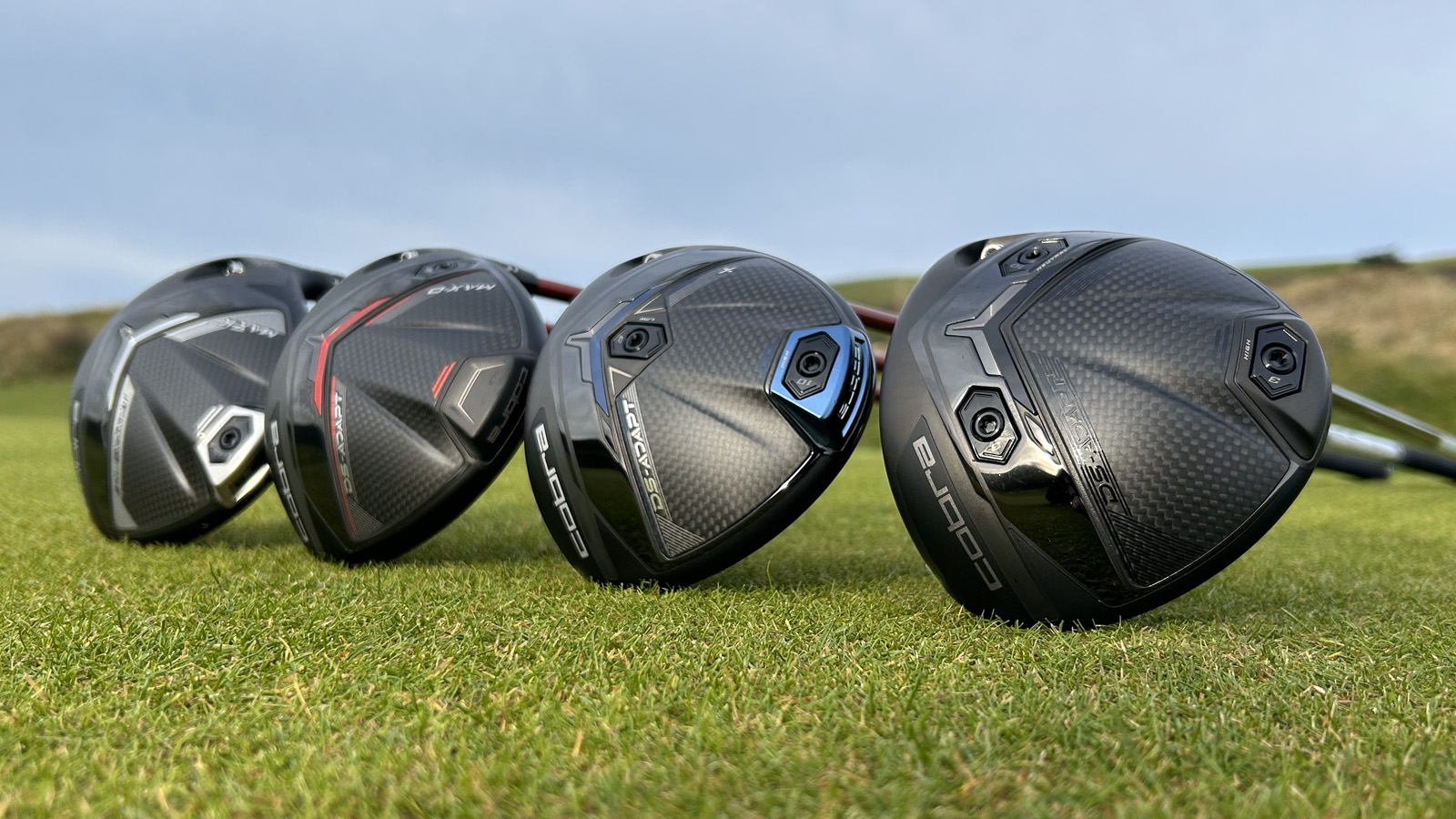 How The New Cobra DS-ADAPT Range Looks To Have Changed Driver Fitting Forever
How The New Cobra DS-ADAPT Range Looks To Have Changed Driver Fitting ForeverWith a revolutionary hosel design and refined aerodynamics, the Cobra DS-ADAPT may just become the standout driver in 2025
By Sam De'Ath Published
-
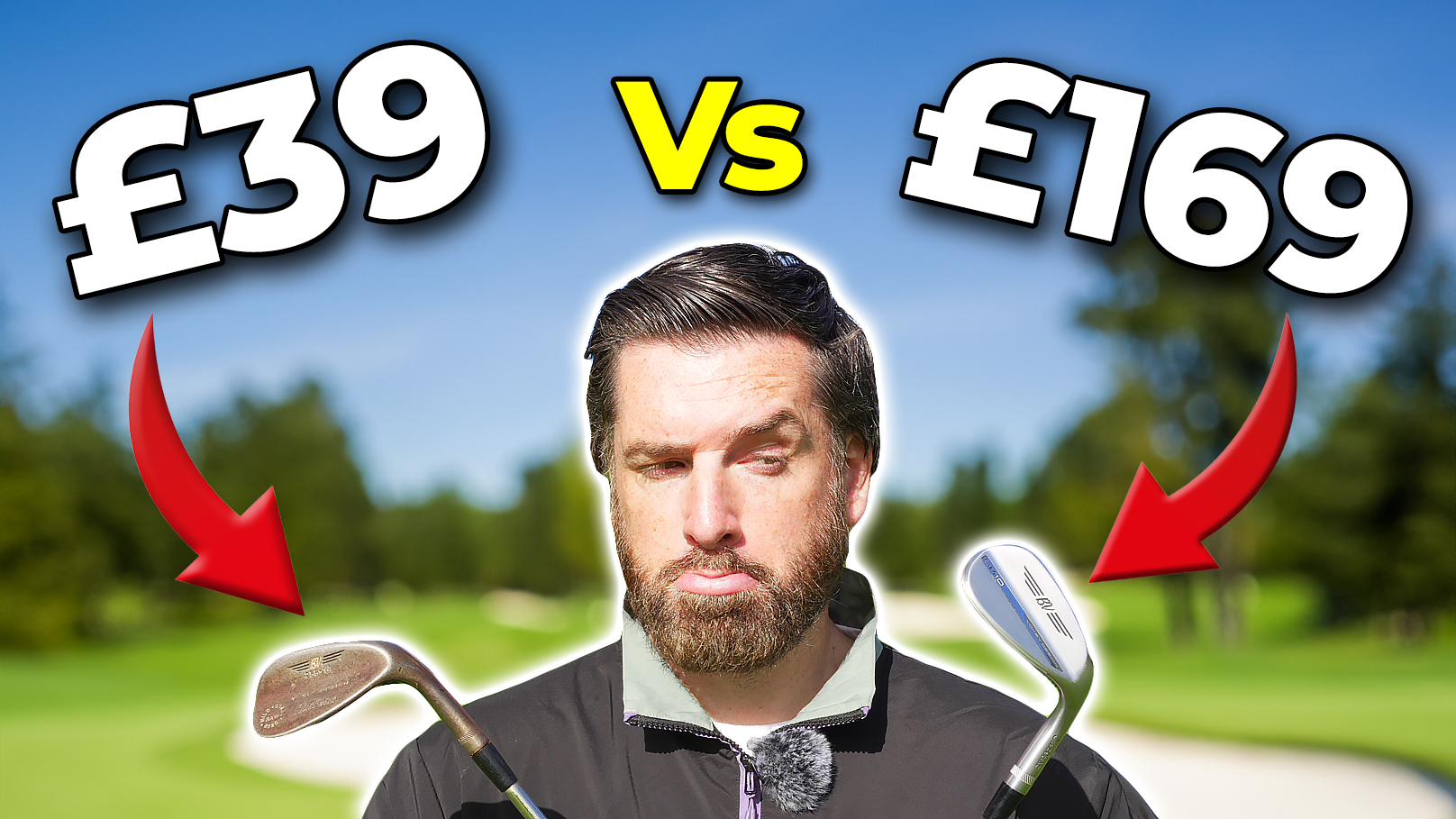 £39 Vs £169 Wedge Test... Surprising Results!
£39 Vs £169 Wedge Test... Surprising Results!In his latest Retro Review, Joe Ferguson sees if the original Vokey wedge picked up for just £39 can compete with the modern equivalent four times the price
By Joe Ferguson Published
-
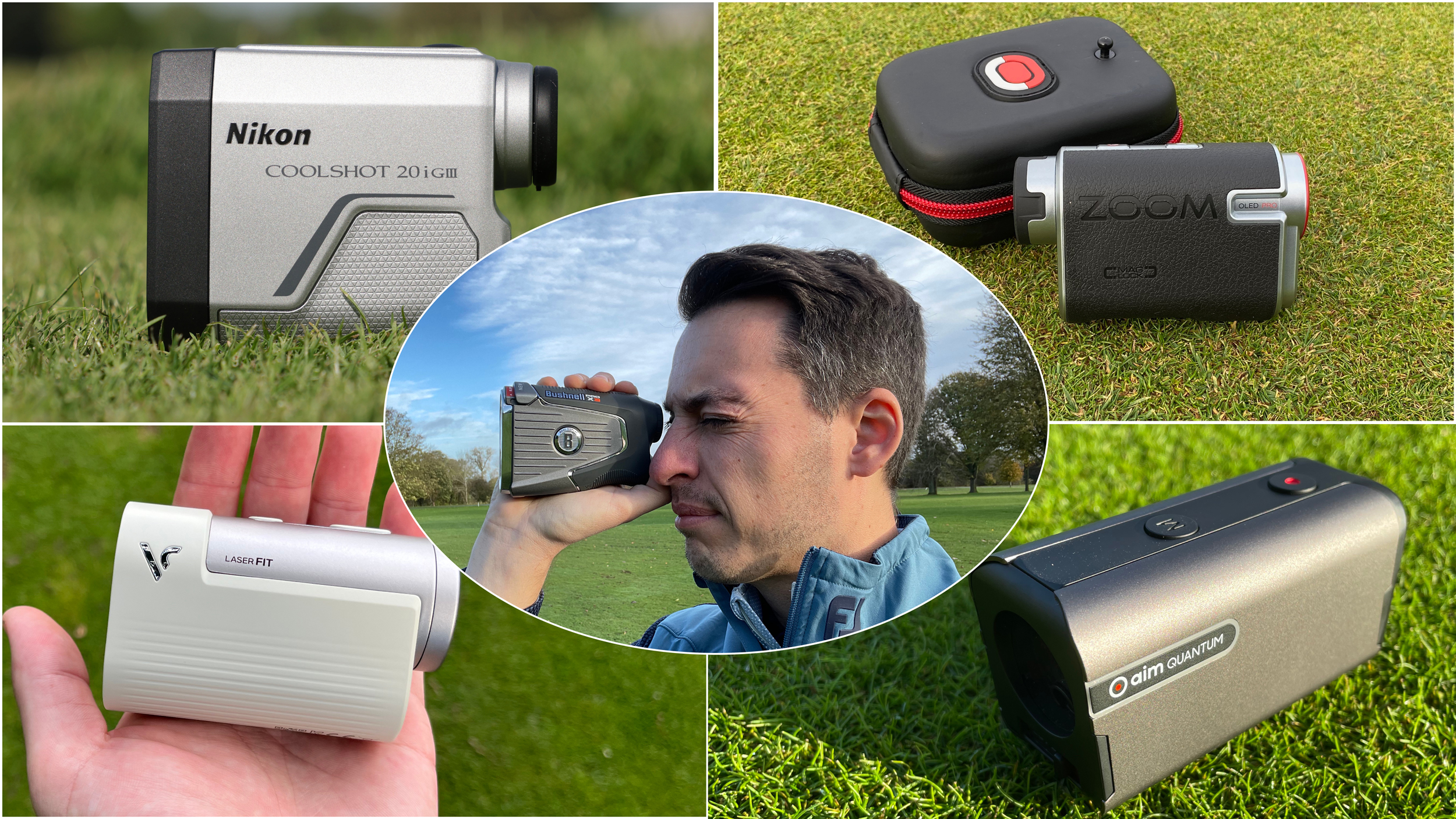 7 Useful Golf Rangefinder Features You Never Knew About
7 Useful Golf Rangefinder Features You Never Knew AboutThink you know everything a rangefinder can do? Think again. We've got seven of the best features currently available on the best modern rangefinders
By Dan Parker Published
-
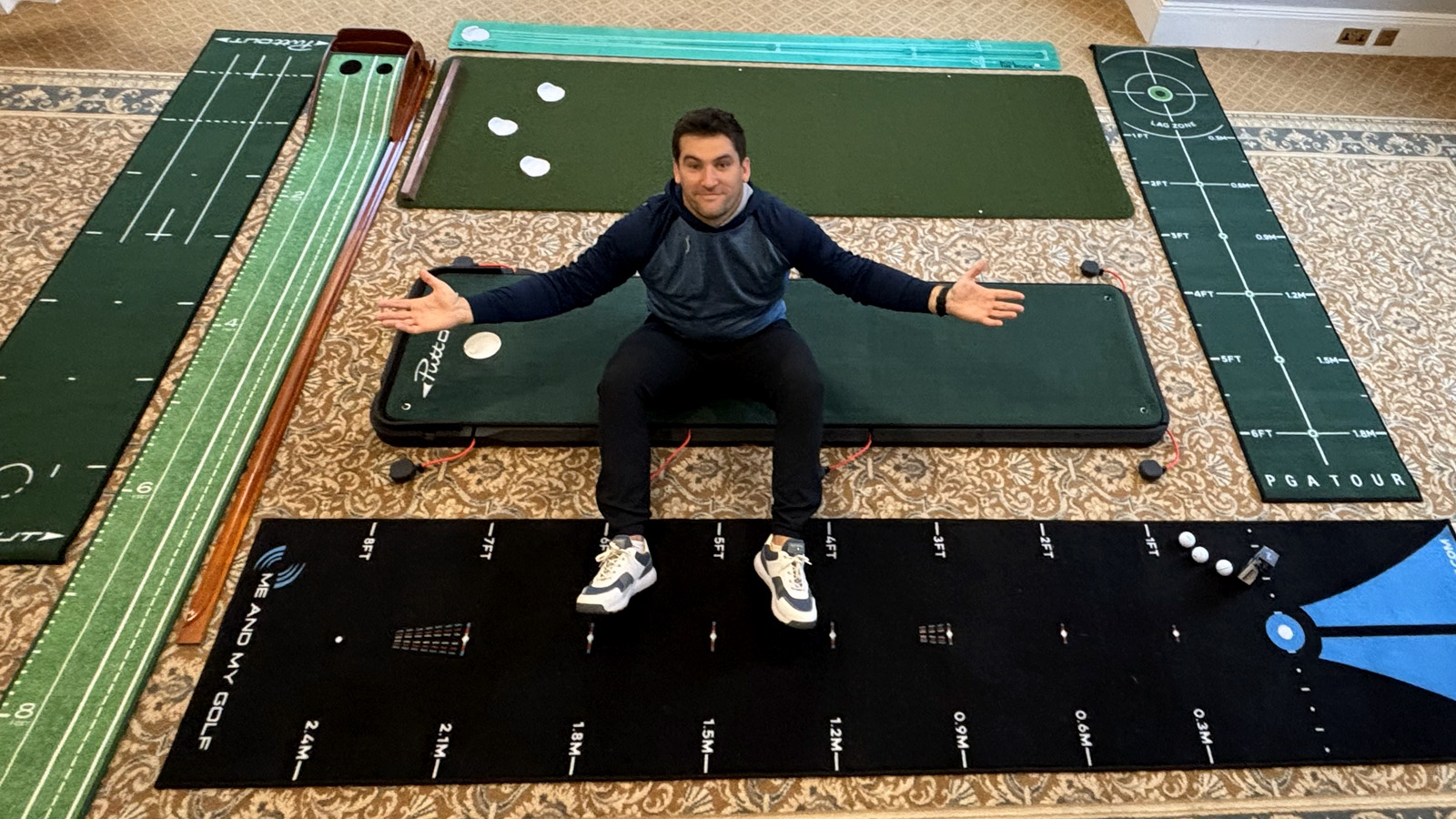 Do Putting Mats Help Improve Your Putting?
Do Putting Mats Help Improve Your Putting?Former professional golfer Sam De’Ath sheds light on whether or not a home putting mat can help improve your performance on the greens
By Sam De'Ath Published
-
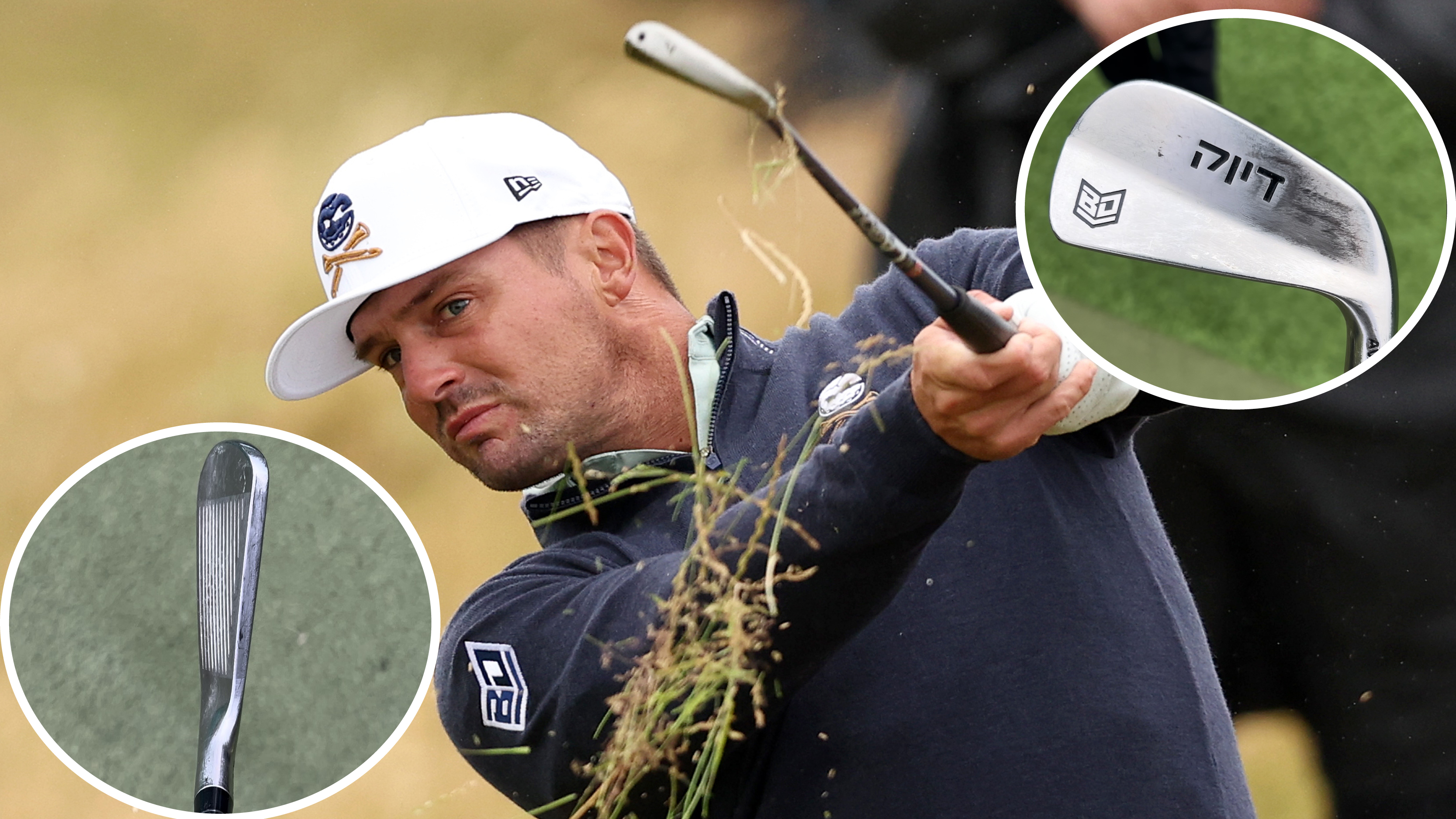 I Tried Bryson DeChambeau’s Actual 7-iron And It Blew My Mind!
I Tried Bryson DeChambeau’s Actual 7-iron And It Blew My Mind!Irons expert Joe Ferguson got his hands on an Avoda 7-iron that was built specifically for the US Open Champion, and here’s what he learned…
By Joe Ferguson Published
-
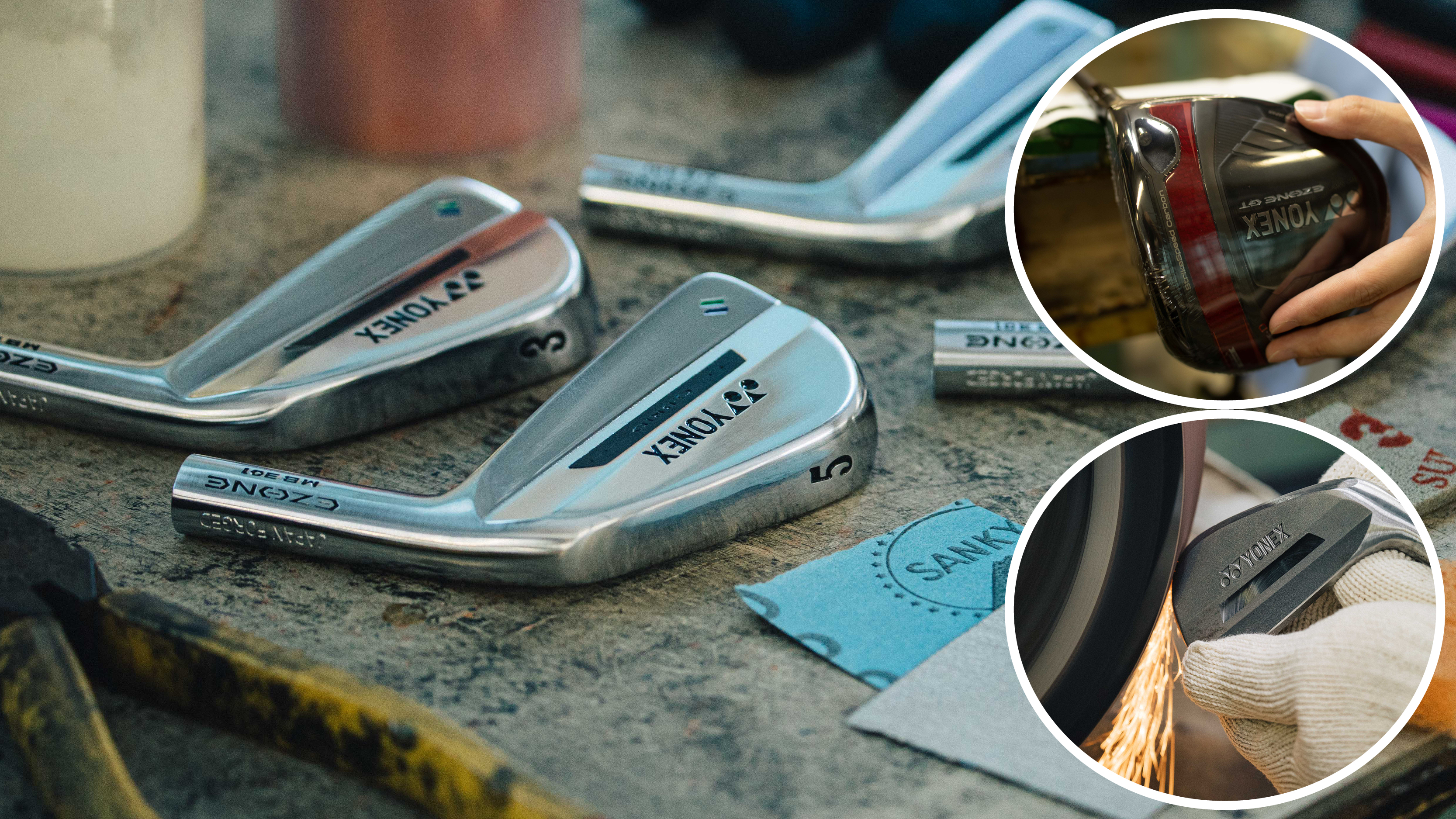 3 Reasons You Should Be Thinking Of Yonex For Your Next Golf Club Upgrade…
3 Reasons You Should Be Thinking Of Yonex For Your Next Golf Club Upgrade…Yonex Golf has some genuine heritage within the game, and with some exciting new product lines, they should be a serious consideration for your next purchase…
By Joe Ferguson Published